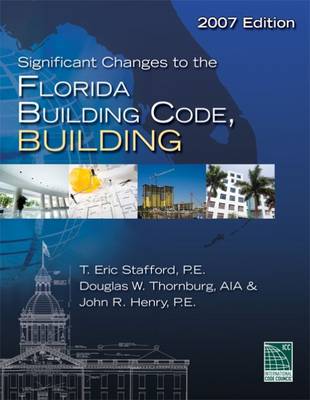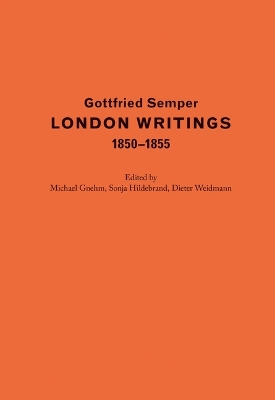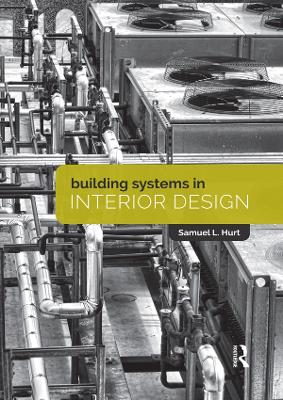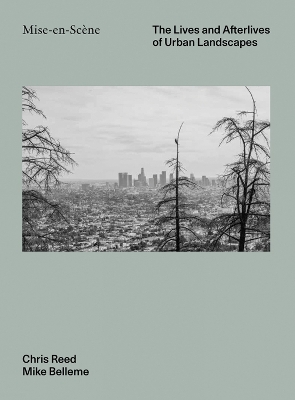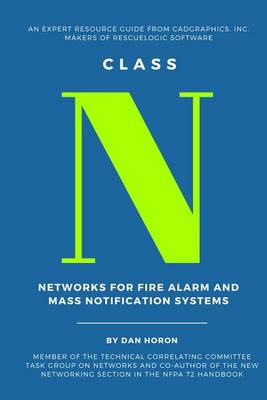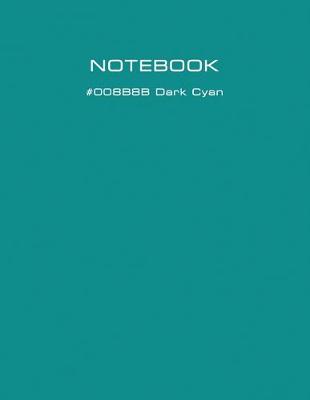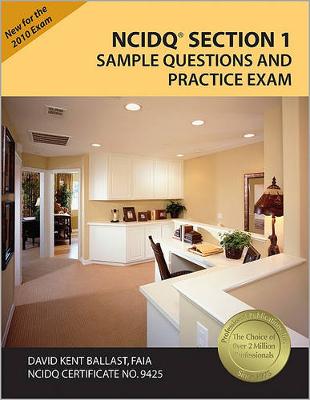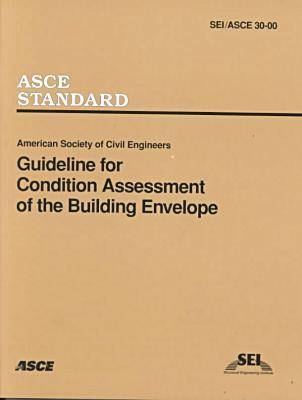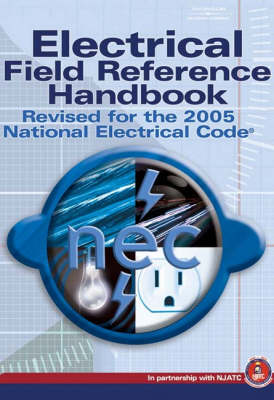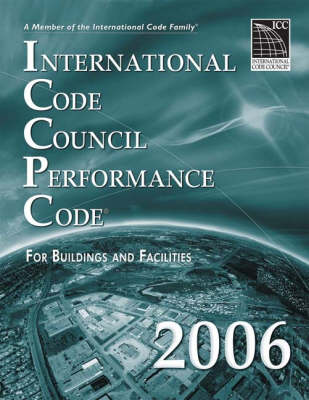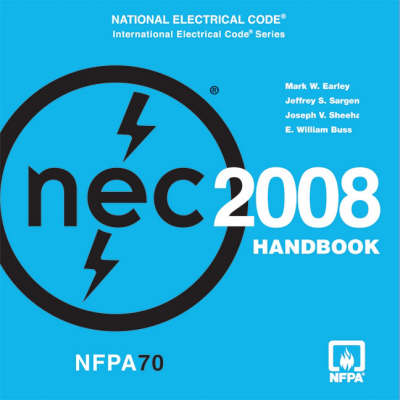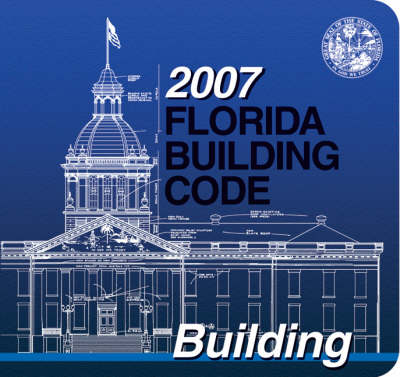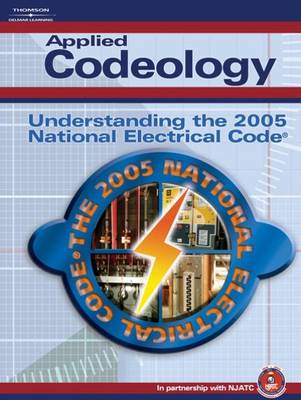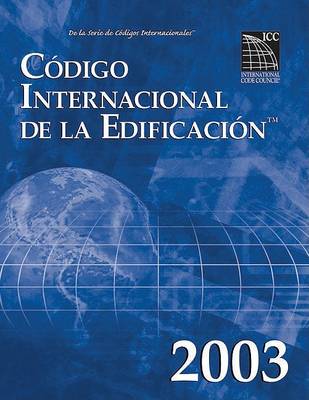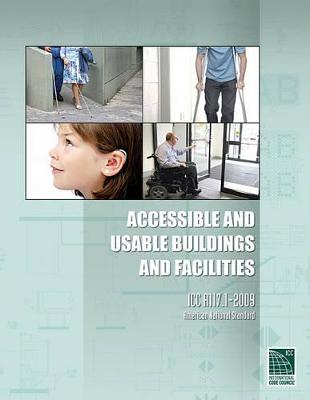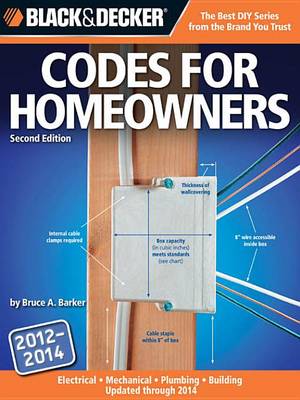Significant Changes to the Florida Building Code
by International Code Council
This publication is a "must-have" for anyone who uses the Florida Building Code, Building. It enables readers to easily identify the significant changes that occurred between the 2004 and 2007 editions, and provides an analysis of the effect each change has had on the code's application. Coverage reflects those provisions with special significance, including new and innovative design ideas and technologies, modern materials and methods of construction, and current approaches to fire safety, life...
Building Systems in Interior Design takes an entirely new approach to teaching this essential topic for Architects, Designers and Building Engineers. Written to prepare students for the real world and packed with practical examples, the book will foster an understanding of specific issues that are critical to those features of technical systems that most directly affect design. The book stresses the ever-present nature of these systems: they are everywhere, all the time. Taking a design oriente...
Mise-en-Scene is an immersive exploration of the social lives of urban landscapes - the actors and actions that compose the daily theatre of urban life. Conceived as a unique collaboration between an urbanist, Chris Reed, and a photographer, Mike Belleme, the book combines photo essays, original maps and drawings, newly commissioned essays, excerpts from historical writings, and interviews with residents. The result is a rigorous and artful examination of the social, cultural, environmental, and...
NCIDQ Section 1 Sample Questions and Practice Exam
by David Kent Ballast
Guideline for Condition Assessment of the Building Envelope (Standards)
This Standard provides a guideline and methodology for assessing the condition and performance of existing building envelope systems and components, and identifying problematic and dysfunctional elements. As the adaptive reuse, rehabilitation, and improvement of existing buildings have assumed a more prominent role in meeting national needs, the ability to accurately assess the conditions of a building is imperative. The condition of the building envelope is most important since failures can res...
Electrical Engineering for Buildings (IEEE Press Series on Power Engineering)
by Stephen Bakin
This is a guide for electrical engineers working in the field of designing electrical services, power distribution and lighting systems. This book describes the design process and the engineer's role on the building design team within the construction industry and includes up-to-date codes, standards, and practices. Unlike any other book in this area, this book provides thorough engineering guidance in the context of the actual design process. The intent of this book is to guide engineers throug...
Snow Loading is a frequent and costly cause of structural performance failures. In fact, snow is the controlling roof load in half of US States. As a structural engineer, you must be familiar with snow loads. This book will provide you with the tools you need to understand and compensate for snow loads in structural design. ""Snow Loads: A Guide to the Use and Understanding of the Snow Load Provisions of ASCE 7-02"" is the only book of its kind that provides a detailed authoritative interpretati...
Minimum Design Loads and Associated Criteria for Buildings and Other Structures (Standards, ASCE/SEI 7)
Electrical Field Reference Handbook
This Electrical Field Reference Handbook is an indispensable tool for those working in the electrical industry. Designed with a logical approach, it serves as a reference for formulas, NEC tables, conversion charts, diagrams, reading blueprint symbols, and much more. A section of OSHA safety standards excerpts makes this an even more important on-the-job resource. The clear and easy-to-use format keeps must-have information at the electrician's fingertips at any time.
Structural Applications of Steel Cables for Buildings (ASCE/SEI 19-10)
by American Society of Civil Engineers
Structural Applications of Steel Cables for Buildings, ASCE/SEI 19-10, provides requirements for the structural design, construction contract documents, fabrication, and installation of cables for use as structural elements for the support and bracing of buildings and other cable-supported structures not subject to vehicle loads, excepting guyed electrical transmission towers. A complete update of ASCE Standard 19-96, this new edition covers such topics as drawings and specifications; design con...
National Electrical Code Handbook
by Mark W Earley, Jeffrey S Sargent, Rob Zachariason, and E William Buss
Significant Changes to the Seismic Load Provisions of Asce 7-10 (Asce Press)
by Employee S Ghosh, Susan Dowty, and Prabuddha Dasgupta
Minimum Design Loads for Buildings and Other Structures, SEI/ASCE 7-02
Get the best of both worlds by ordering the "SEI/ASCE 7-02 Book and CD-ROM Package" and save 25 per cent. The revised "Minimum Design Loads for Buildings and Other Structures, SEI/ASCE 7-02", gives the latest consensus requirements for dead, live, soil, flood, wind, snow, rain, ice, and earthquake loads, and their combinations, that are suitable for inclusion in building codes and other documents. SEI/ASCE 7-02 is a revision of ASCE 7-98. Revisions incorporated in SEI/ASCE 7-02 include significa...
Applied Codeology
Designed as a how to guide on reading and interpreting the 2005 National Electrical Code(r), Applied Codeology is a working companion to the Code(r), written by the experts at the NJATC. Apprentices, journeyman, contractors, engineers, designers, and estimators alike will benefit from this positive, systematic approach to understanding the Code(r). Readers are encouraged to first examine a section from the Code(r) Book before referring to the correlating annotations in this manual. Where quest...
Accessible and Usable Buildings and Facilities (International Code Council)
by International Code Council


